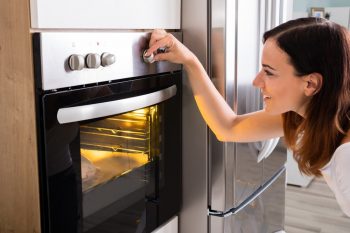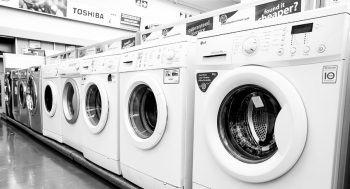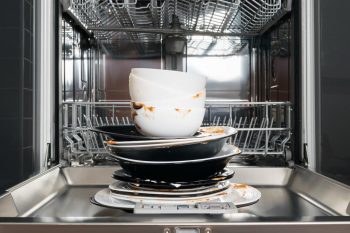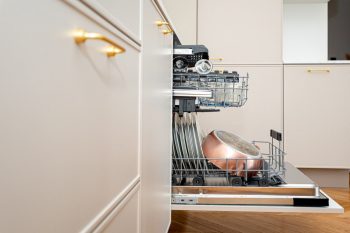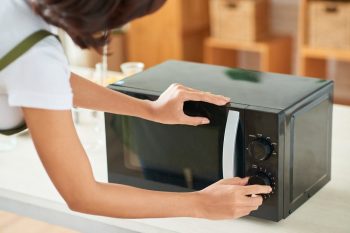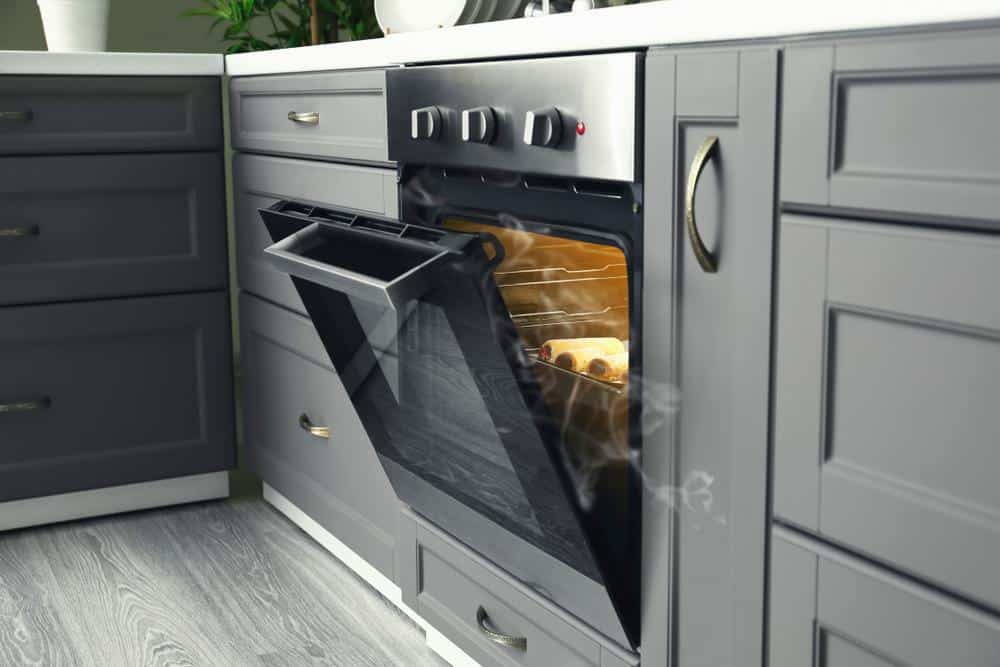
Trying to figure out what kind of oven you have can be a bit tricky if you’re unfamiliar with the various types and their distinguishing features. But don’t worry, you’re not alone. In this comprehensive guide, we’ll help you identify your oven type based on its features, functionalities, and other key indicators.
To determine what kind of oven you have, first locate the model number on the appliance. This is usually found on a rating plate or sticker. Once you have the model number, you can search for it online to find out the type of oven you have. If you’re still unsure, check if your oven is gas or electric by looking for a gas line connected to the back of the oven. You can also identify the type of your oven based on its features such as the presence of a fan (convection oven), gas flame (gas oven), or electromagnetic waves (microwave oven).
Identifying Your Oven Type
The first step to identifying your oven type is to locate the model number. This is usually found on a rating plate or sticker containing information about your appliance. Common locations include inside one of the doors, around the frame, inside the oven on one of the side panels, on the sides and the back of the appliance, or in the warming drawer underneath the oven, if your model has one.
Once you have the model number, you can search for it online to find out the type of oven you have. If you’re still having trouble identifying your oven type, you can check if your oven is gas or electric by looking for a gas line connected to the back of the oven. Electric ovens usually have an additional convection heating element.
Common Types of Ovens
There are several types of ovens commonly found in homes. Each has its own benefits and drawbacks. Here are some of the most common types:
- Conventional ovens
- Convection ovens
- Electric ovens
- Gas ovens
- Microwave ovens
- Toaster ovens
- Roaster ovens
- Freestanding ovens
- Wall ovens
Distinguishing Features of Ovens
Each type of oven has its own unique features and uses. Here’s how to identify your oven type based on these characteristics:
- Conventional oven: These ovens do not use a fan to circulate air and are suitable for simple baked goods like cookies and bread.
- Convection oven: These ovens have a fan that circulates hot air around the food, allowing for faster and more even cooking.
- Gas oven: These ovens use a gas flame as the heat source and are heated bottom-up.
- Electric oven: These ovens use electric heating elements to cook food.
- Microwave oven: These ovens use electromagnetic waves to heat food quickly and efficiently.
- Wall oven: These ovens are installed on a wall at any height, providing flexibility in kitchen design.
- Double oven: These ovens have two separate cooking compartments, allowing you to cook multiple dishes at different temperatures simultaneously.
Gas vs Electric Ovens
Gas ovens and electric ovens have key differences related to their fuel source, heat-up speed, cost, cooking style, and moisture levels. Gas ovens use natural gas as their heat source and are known for their precise temperature control and quick heating. On the other hand, electric ovens offer consistent, even heating and can be powered by either gas or electricity.
Convection vs Conventional Ovens
Convection ovens and conventional ovens differ in the way they distribute heat. Conventional ovens have heating elements at the top and bottom of the oven cavity, while convection ovens have these elements in addition to a fan that helps circulate the hot air throughout the oven space.
Self-Cleaning Ovens
Self-cleaning ovens use extremely high temperatures to burn off food residue and debris. The oven typically reaches temperatures of around 932°F (500°C) during the self-cleaning process, which reduces food soiling to ash.
Microwave Ovens
Microwave ovens and other types of ovens have several distinguishing characteristics. Microwave ovens use microwaves, a form of electromagnetic radiation, to heat food. They generally cook food faster than other types of ovens due to their direct heating method.
Performance and Efficiency
Microwave ovens are generally more energy-efficient and budget-friendly, while steam ovens offer faster cooking times and better nutrient retention. Convection and toaster ovens provide versatility and space-saving benefits, and rapid cook ovens combine various heating technologies for faster and more consistent cooking.
Properly Maintaining and Using Your Oven
Proper maintenance and usage of your oven are essential for its longevity and efficiency. Regular cleaning, correct temperature settings, and careful handling of the oven door are just a few practices to keep in mind.
To sum up, identifying your oven type can seem daunting, but with the right information at your disposal, it’s quite straightforward. Understanding your oven’s features and functionalities can help you optimize its use, contributing to better cooking results and a more pleasant cooking experience. So next time you’re puzzled by the question, “What kind of oven do I have?”, refer back to this guide for an in-depth answer.
Frequently Asked Questions
What are the benefits of having a gas oven?
Gas ovens are known for their precise temperature control and the ability to heat up quickly. They also provide a moist heat, which is beneficial for baking and roasting.
What is a freestanding oven?
A freestanding oven is a versatile type of oven that can be placed anywhere in the kitchen. It usually includes a cooktop and is not built into kitchen cabinetry, making it a great option for those with flexible kitchen designs.
How does a self-cleaning oven work?
A self-cleaning oven uses extremely high temperatures to burn off food residue and debris. The oven typically reaches temperatures of around 932°F (500°C) during the self-cleaning process, reducing the food soiling to ash which can then be easily wiped away once the cycle is complete and the oven has cooled down.
What is the difference between a conventional oven and a toaster oven?
A conventional oven is a standard oven that can handle all types of cooking and baking. A toaster oven, on the other hand, is smaller and typically sits on a countertop. It is great for toasting and reheating food, and can also handle some baking and broiling tasks.
What type of oven is best for baking?
Convection ovens are generally considered the best type of oven for baking. They have a fan that circulates hot air around the food, allowing for faster, more even cooking. This is particularly beneficial for baked goods, which require consistent temperatures.

